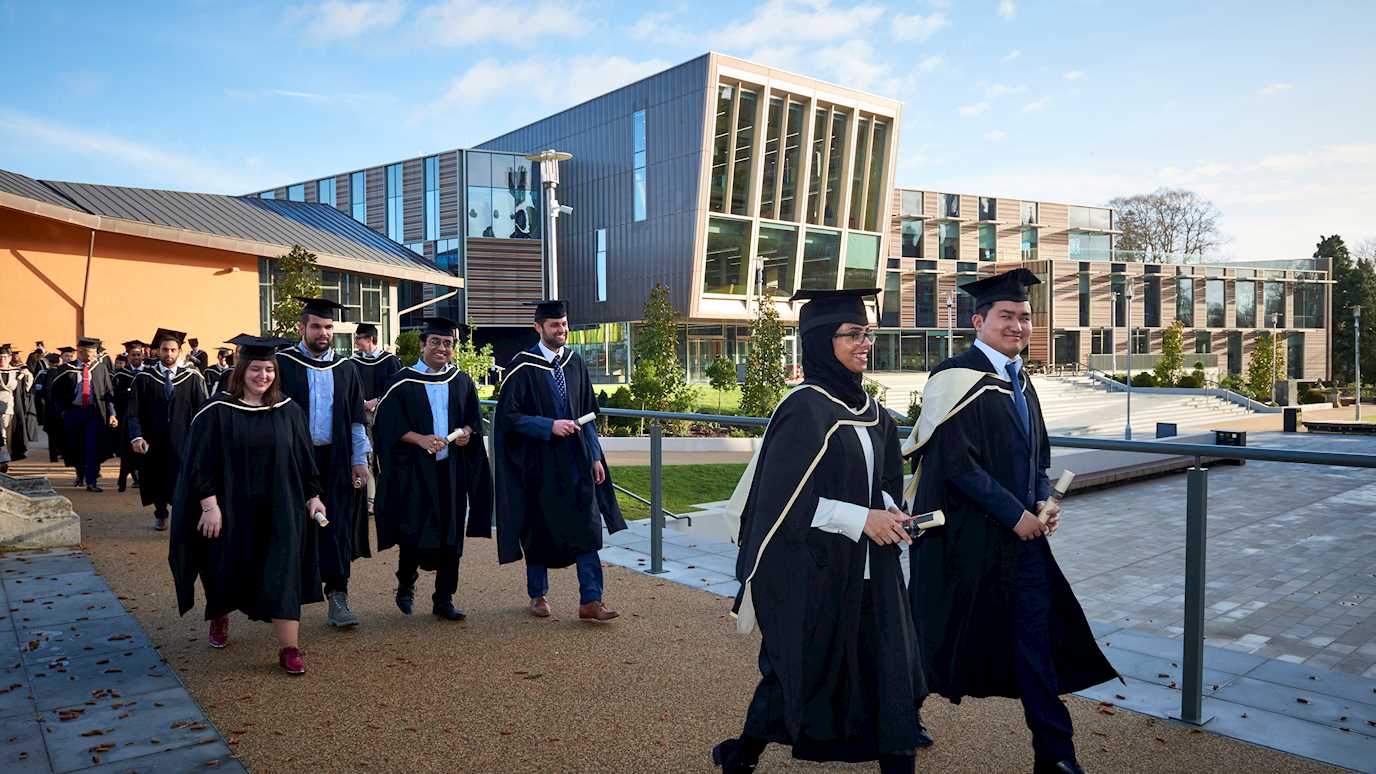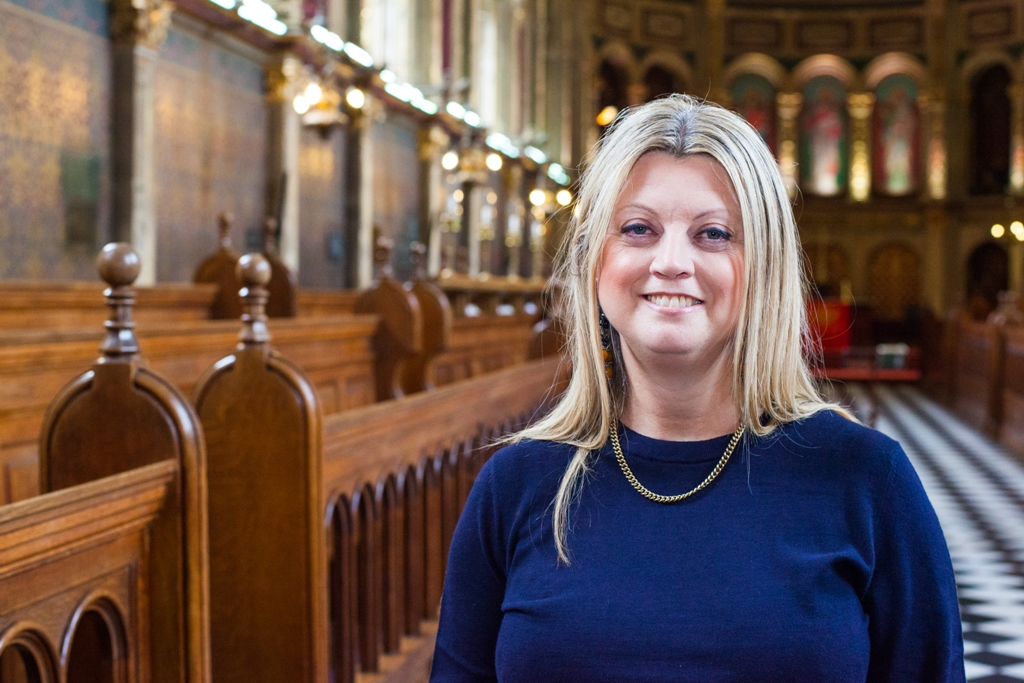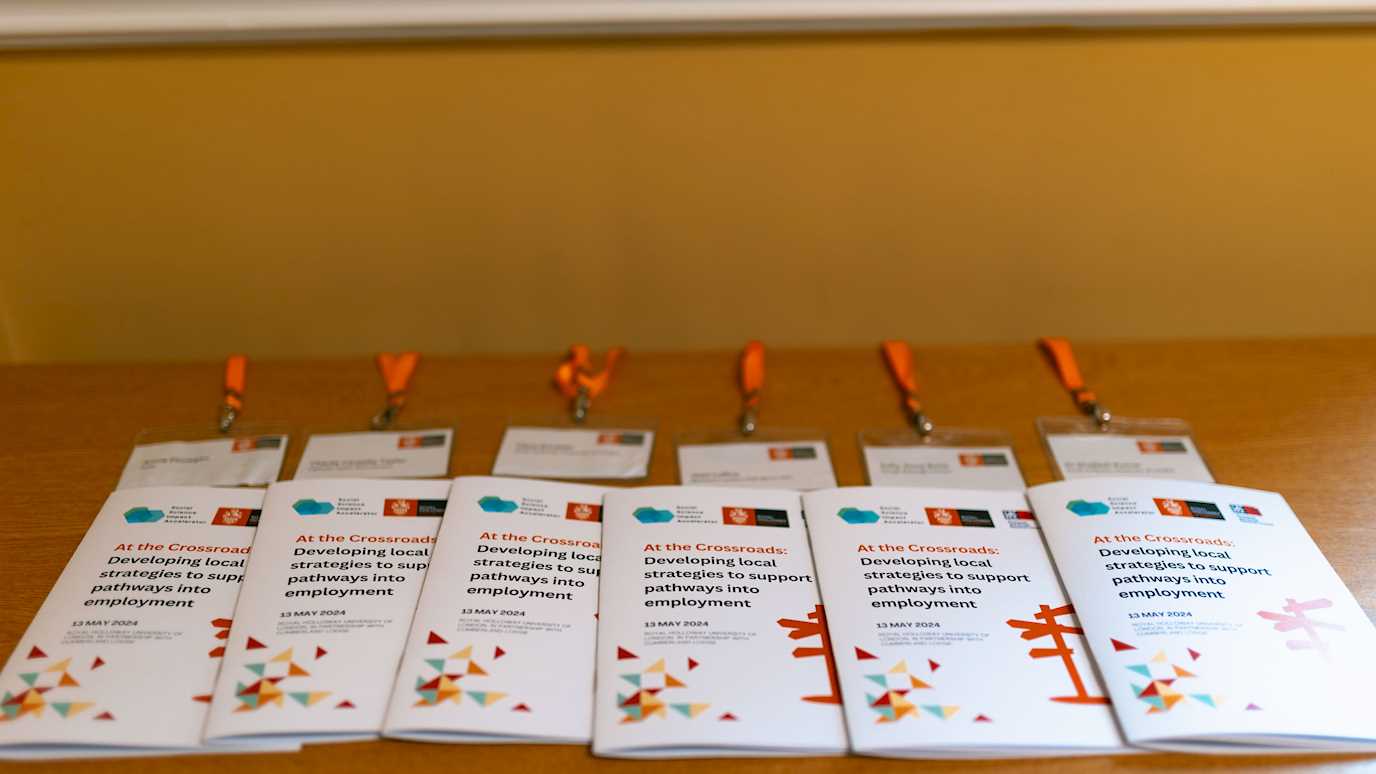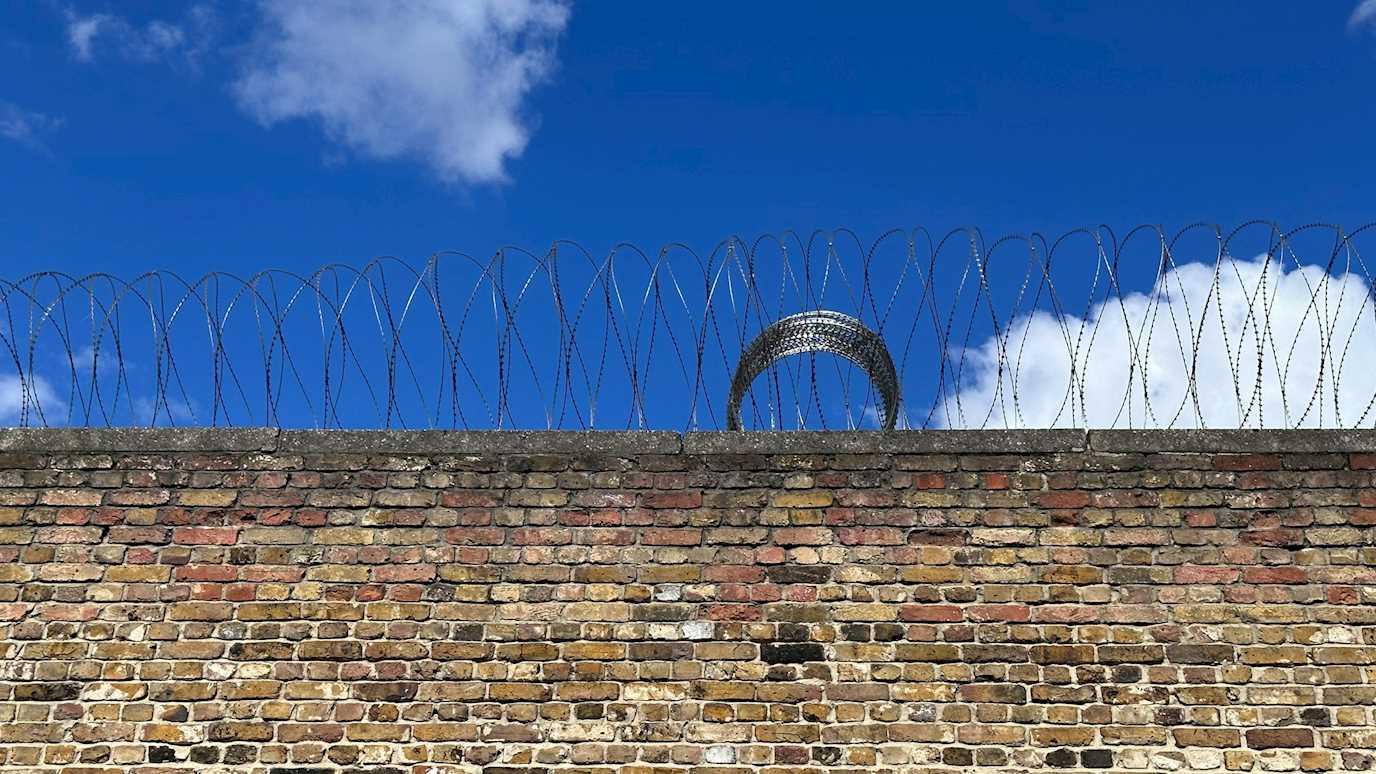The prison system moved quickly from ‘life en masse’ prior to the pandemic to an imposed ‘solitude’ as lockdown was imposed. The study discusses to what extent prisons should move back to life ‘en masse’ as the pandemic restrictions are eased.
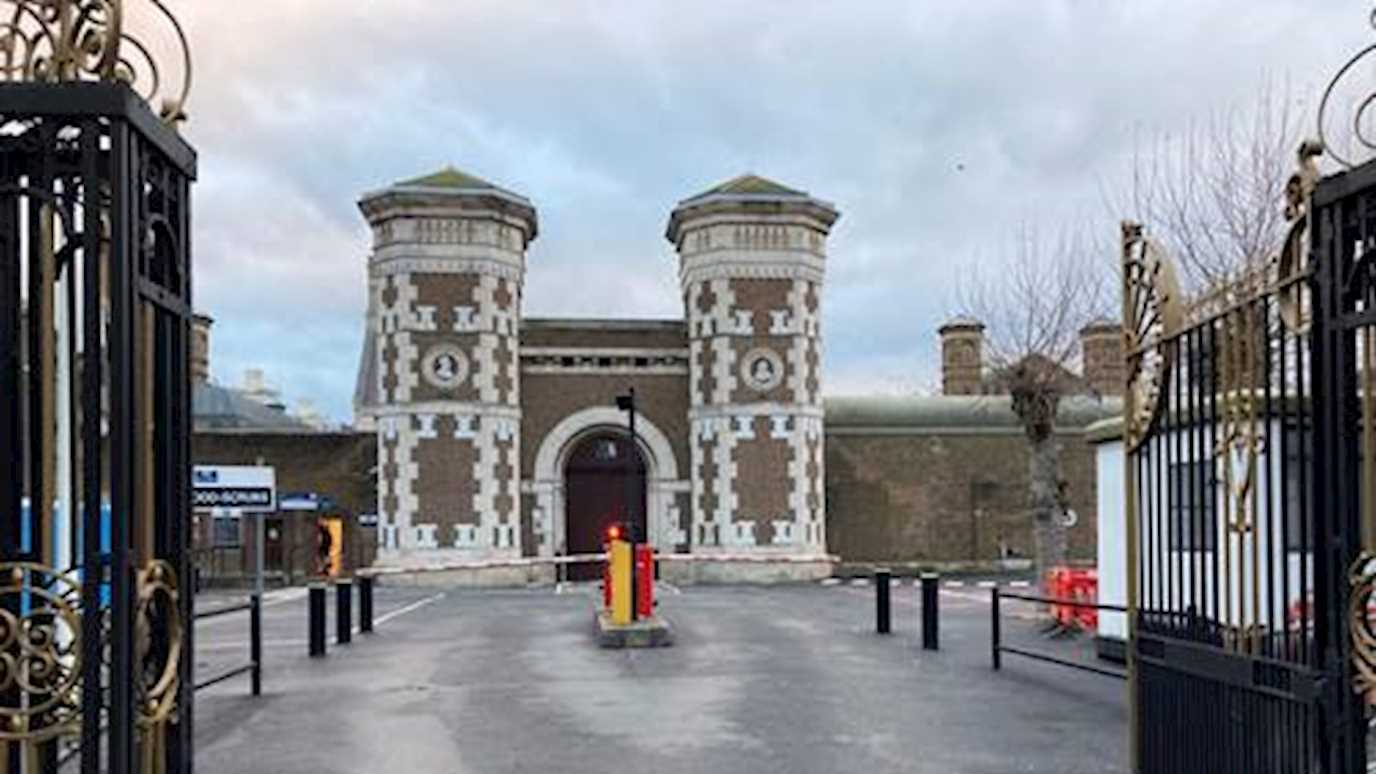
Entrance to a prison in the UK
Professors Rosie Meek and Nick Hardwick presented results from their study of self-harm in prisons during the COVID-19 lockdown at the 2022 European Society of Criminologist conference in Malaga on 22 September.
In order to prevent the spread of infection the prison endured three periods of complete lockdown when most prisoners were unlocked from their cells for just one hour a day and even outside these periods, time out of cell and activities were severely restricted.
The lockdown clearly had a detrimental effect on prisoners but the restricted regime also created stability following a troubled period for the prison before the pandemic and the resulting reduction in the drug trade, violence and tension may have been reflected in reduced self-harm rates during periods of lockdown.
The findings of this study support the senior leadership of the prison’s view that there should be no return to very large groups of prisoners taking part in unmanaged free flow and association. The study suggests there should be more focus on maximising controlled and purposeful activity out of cell alongside measures to improve the quality of time that prisoners spend in their cells and the support available to them there.
The study was summarised in the Prison Service Journal here.











